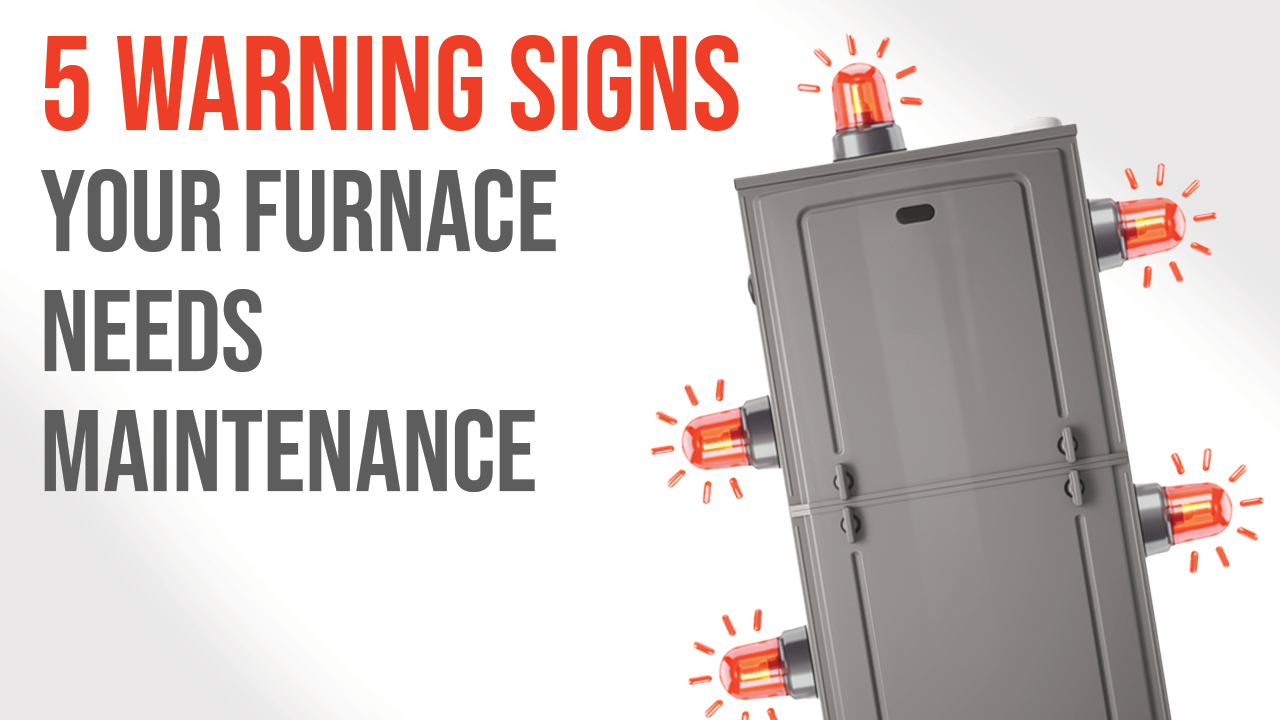Updated January 18, 2024

When you step into an older home, you might notice something unusual about its electrical outlets—many of them have just two prongs. In today’s world filled with three-pronged plugs and advanced electronics, it’s natural to wonder why some homes are still equipped with these seemingly outdated outlets. In this blog post, we’ll explore the reasons behind the prevalence of two-prong outlets in older homes and answer some common questions about them.
Why Are 2-Prong Outlets Common?
We must look back to understand why two-prong outlets are widespread in older homes. These outlets were the standard in the early 20th century when electricity was introduced to homes. Back then, the electrical systems were more straightforward, and there was less need for grounding. As a result, two-prong outlets were the norm.
Why Are 2-Prong Outlets Bad?
While two-prong outlets served their purpose in the past, they have limitations and disadvantages today. One of the primary concerns is safety. Two-prong outlets lack the grounding feature present in modern three-prong outlets, which means they offer less protection against electrical shocks and surges. This makes them potentially hazardous, mainly when used with today’s sensitive electronic devices.
Can You Sell a House with 2-Prong Outlets?
Selling a house with two-pronged outlets can be challenging. Many buyers prefer homes with updated electrical systems for safety and convenience reasons. To attract buyers, it’s essential to disclose the presence of two-prong outlets during the sale and consider offering concessions to offset the cost of potential upgrades.
Are 2-Prong Outlets a Fire Hazard?
Two-prong outlets can pose a fire hazard, especially when overloaded or connected to faulty wiring. The absence of grounding makes electrical faults more likely to escalate into fires. It’s crucial to have a qualified electrician inspect and maintain your electrical system to minimize the risk.
Can You Change 2-Prong Outlets to 3-Prong?
Yes, it’s possible to change two-prong outlets to three-prong outlets, but it’s a task best left to professionals. This process involves rewiring and ensuring that the electrical system is grounded correctly. Hiring a licensed electrician to perform the upgrade safely and comply with local building codes is essential. The cost of the upgrade can vary depending on the job’s complexity.
While two-prong outlets may still exist in older homes, they have inherent limitations and safety concerns in today’s electrical landscape. If you live in a home with two-prong outlets, it’s advisable to consider upgrading to three-prong outlets to enhance safety and accommodate modern electronic devices. Always prioritize electrical safety and consult with a qualified electrician in your area for any electrical work.
In conclusion, understanding the reasons behind two-prong outlets and addressing their limitations is essential for homeowners and buyers alike. By staying informed and taking necessary precautions, we can ensure the safety and functionality of our electrical systems in older homes.
The holiday season is here, and with it comes the excitement of twinkling lights, cozy nights, and festive decorations. However, amidst all the cheer, it’s important to... Read More

As the temperatures drop and winter approaches, ensuring your furnace is in top shape becomes a priority for homeowners. A well-functioning furnace keeps your home warm, your... Read More

The holiday season is a time of joy, celebration, and, of course, twinkling lights and festive decorations. However, amidst all the excitement, it’s easy to overlook the... Read More